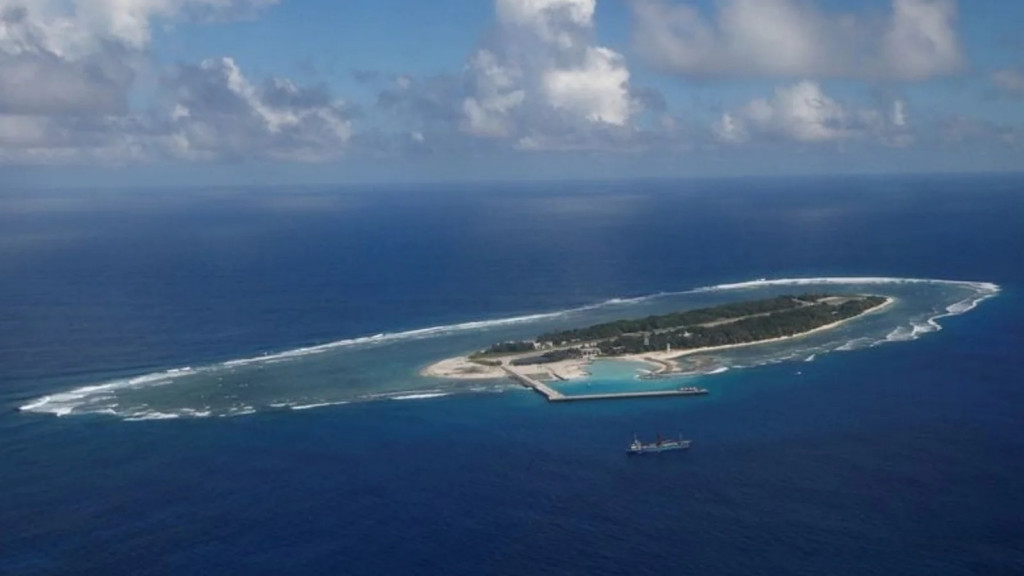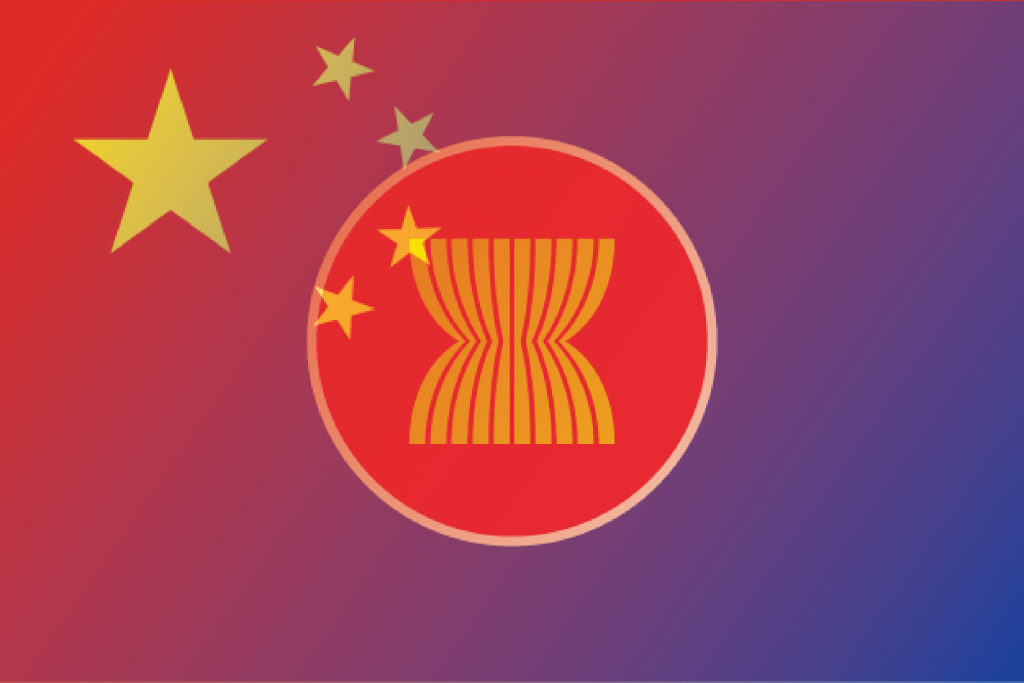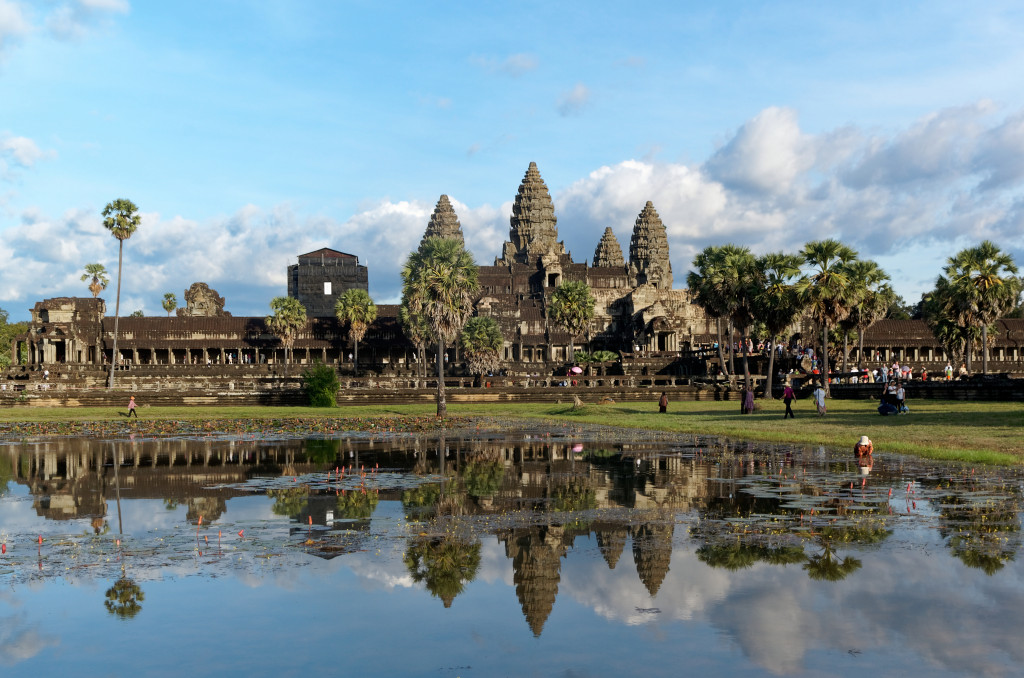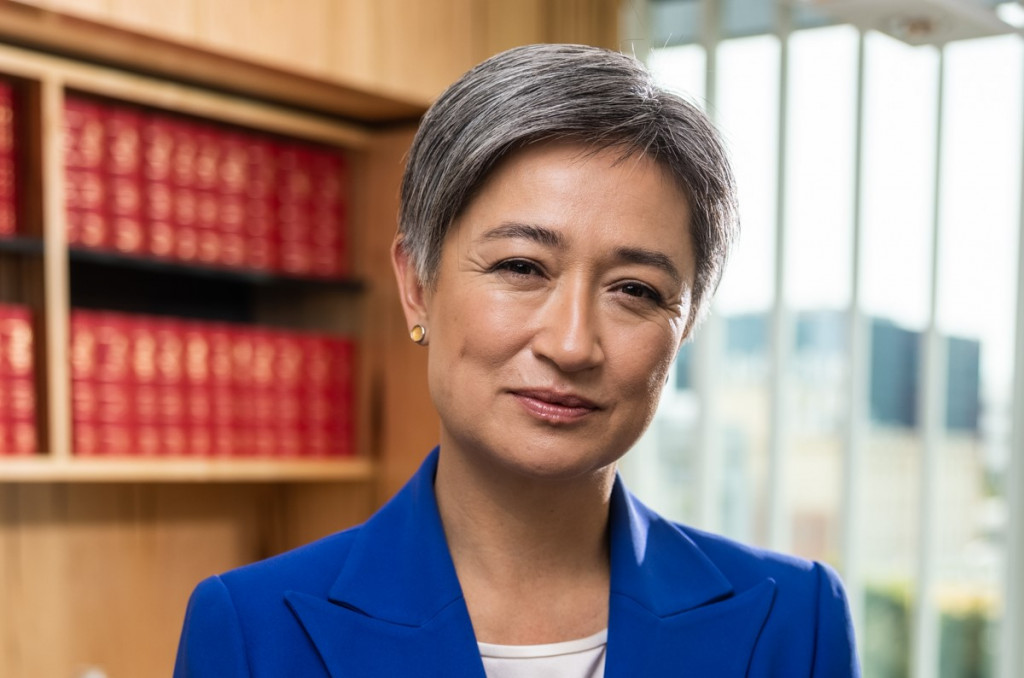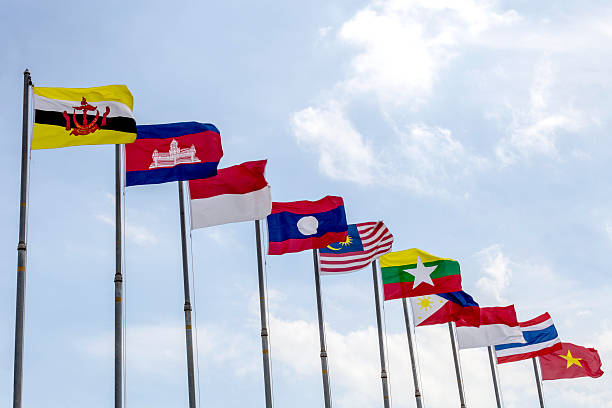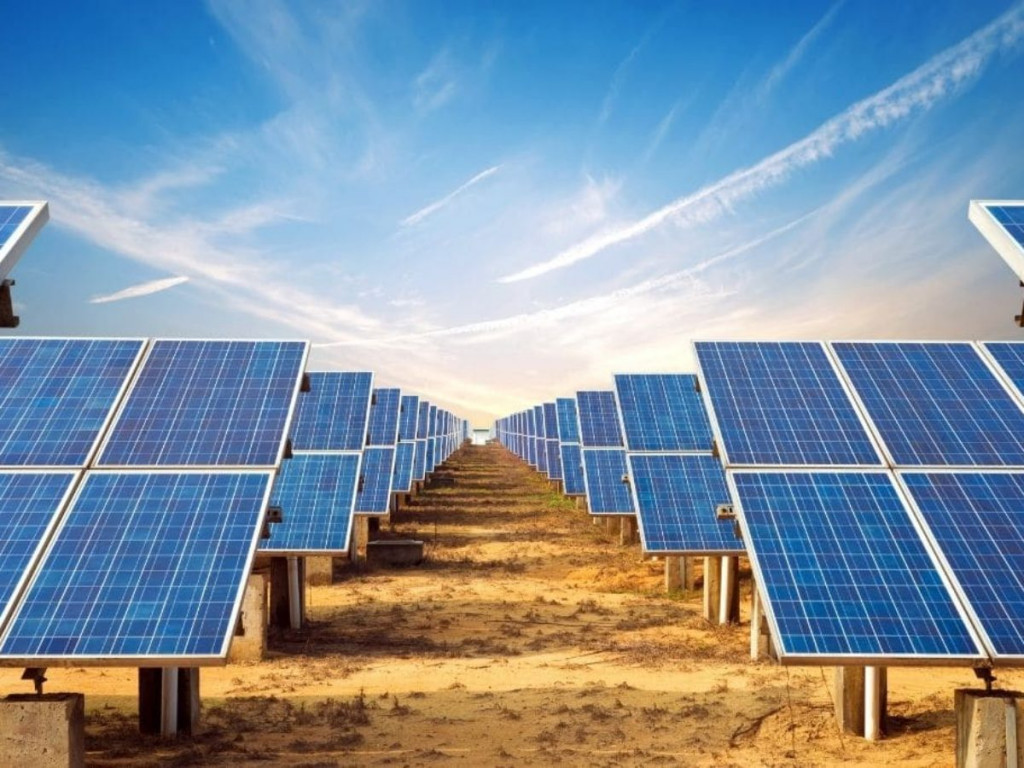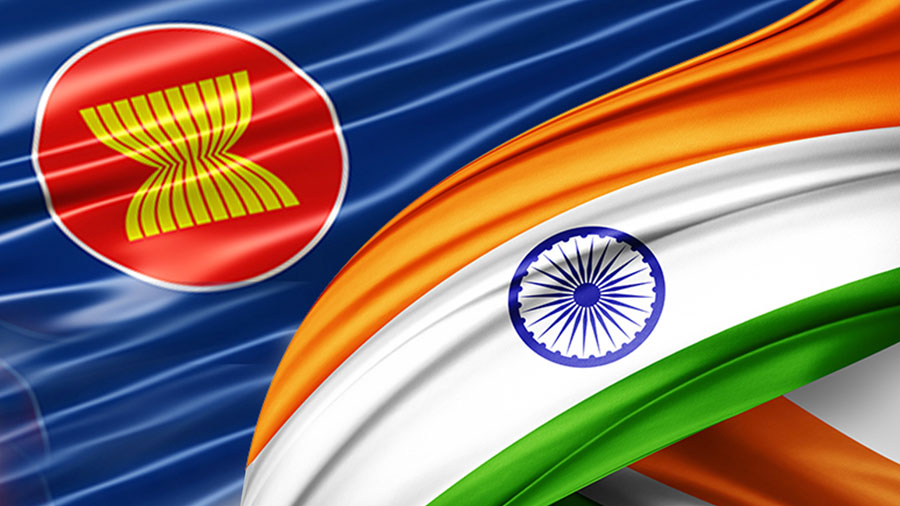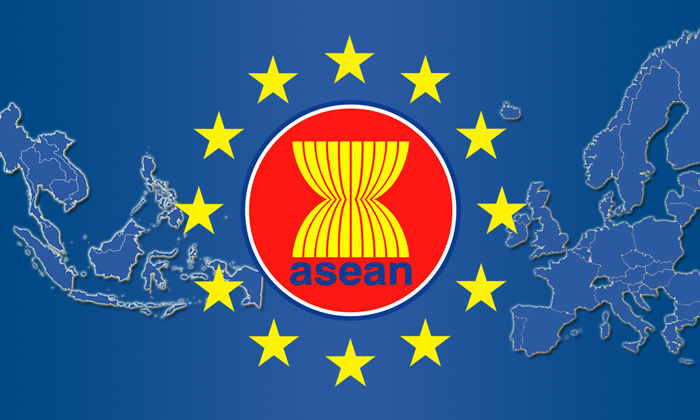Una delle maggiori rotte commerciali al mondo e ricchissima di risorse marine e minerali, quest’area ricopre un’importanza geostrategica ed economica incredibile
By Walter Minutella
In a world where the economy drives the global system, each actor seeks increasingly significant influence. The pillars supporting this economic system can be identified in two key elements: trade and resources. In this dynamic context, the South China Sea emerges as a region holding both factors.
The South China Sea is a strategically important maritime region bordering numerous countries, including several ASEAN members such as the Philippines, Malaysia, Vietnam, Indonesia, Singapore, Thailand, and Brunei. The remaining actors in the area are China and Taiwan. Given its status as one of the world's major trade routes and rich in marine and mineral resources, including oil, this area holds incredible geostrategic and economic importance, making it a tension-rich zone.
In this context, ASEAN has been crucial in promoting stability and cooperation in the Asian region since its establishment. This is attributed to its philosophy, known as the "ASEAN Way," which has fostered an environment where member nations collaborate to address common challenges.
The ASEAN Way is a diplomatic approach based on principles such as unanimous decision-making, non-interference in internal affairs, cultural sensitivity, gradualism, and flexibility. This model aims to promote peaceful cooperation among member states, avoiding open conflict and encouraging harmonious coexistence. However, it has faced criticism for its tendency to delay assertive decisions in complex situations, such as those in the South China Sea.
Within the context of disputes in the South China Sea, ASEAN has grappled with complex tensions. Historically, the situation in this area has been intricate. Until 1984, original ASEAN member states shared an anti-communist stance, reflecting suspicion toward Chinese expansionism. The admission of Vietnam, Laos, Myanmar, and Cambodia changed the political and economic dynamics of the region. These new members, with deep economic ties to China, gradually influenced how ASEAN addresses tensions, weakening the initial distrust.
Despite ASEAN's success in maintaining peace in a historically turbulent region, its response to South China Sea disputes has been less assertive. Due to the unanimity principle in the ASEAN Way, finding solutions that meet all needs was challenging. However, recent developments show actions by ASEAN states, both individually and collectively, aimed at establishing greater peace and stability in the region.
In 2016, the Permanent Court of Arbitration's ruling in The Hague was a crucial moment in resolving territorial disputes in the South China Sea, particularly between China and the Philippines. The Court rejected China's territorial claims based on the "Nine-Dash Line," a unilaterally drawn map asserting sovereignty over much of the South China Sea.
The Court's decision acknowledged the Philippines' right to pursue resources in its exclusive waters, rejecting Chinese claims restricting access and use of natural resources in the region. This verdict marked a significant turning point, emphasizing the validity of maritime claims based on international law, in contrast to China's unilateral positions.
In recent years, due to these disputes, Vietnam has expressed growing concerns about Beijing's actions in the South China Sea. Specifically, worries involve various incidents such as the construction of military infrastructure in the Paracel Islands, manoeuvres to hinder Vietnamese oil exploration, and fishing activity restrictions.
In 2020, despite the COVID-19 pandemic, the 53rd ASEAN Foreign Ministers' Meeting (AMM) declared the continuation of efforts to implement the Code of Conduct (COC) in the South China Sea. The persistent commitment reflects ASEAN's desire to establish a normative and diplomatic framework to manage tensions in the region, fostering peace and stability. However, a clear common position within ASEAN remains lacking, highlighting internal contrasts among member states and the complex mechanism behind these statements.
Nevertheless, the recent statements by ASEAN foreign ministers released in late December 2023 have gained significant importance as the first standalone communication from ASEAN on the South China Sea issue. In these declarations, the commitment to peace in the South China Sea is reiterated, expressing concern about recent developments. They emphasize the need to resolve disputes peacefully, fully implement the Declaration on the Conduct of Parties (DOC), and swiftly work towards a COC in accordance with international law, including the 1982 UNCLOS. The ministers aim to promote dialogue as a tool for regional stability.
Despite the somewhat delayed response, the statements express strong concerns about recent tensions, such as those between China and the Philippines, especially around the submerged feature of Second Thomas Shoal. Specifically, China has taken actions perceived by the Philippines as aggressive, hindering Filipino forces from resupplying an anchored ship, while China argues the legitimacy of its actions based on the "Nine-Dash Line." According to China, these actions represent necessary security measures to protect its national interests in the region.
The united response from ASEAN foreign ministers sends a strong signal of cohesion and solidarity in addressing internal and international disputes. However, some observers argue that a statement alone is not sufficient, and more must be done to effectively address the delicate challenges in the South China Sea.
Indeed, a few months later, ASEAN continued its commitment to seeking greater stability in the region. During the first week of March 2024, at the special summit between ASEAN members and Australia in Melbourne, the Australian government praised ASEAN members' efforts to delineate their maritime boundaries and decided to allocate over $40 million for maritime security in the South China Sea. The funding was announced during the fiftieth anniversary of the dialogic partnership between the two parties.
The ASEAN-Australia joint statement is another step towards regional collaboration. However, it remains to be seen whether this financial commitment will significantly contribute to tension resolution, and ASEAN might be called upon to play a more active role in promoting stability in the region.
It remains to be seen how ASEAN will evolve in managing the complex dynamics of the South China Sea. It is worth mentioning the minilateral initiatives adopted by some member states, as highlighted by recent dynamics between the Philippines and Vietnam. The two nations have recently signed a cooperation agreement between their respective coast guards. This memorandum of understanding aims to reduce the risk of operations in contested waters and represents a significant step toward joint tension management. This initiative demonstrates how member countries, even bilaterally, are actively seeking pragmatic solutions to promote peace and stability in the region.

